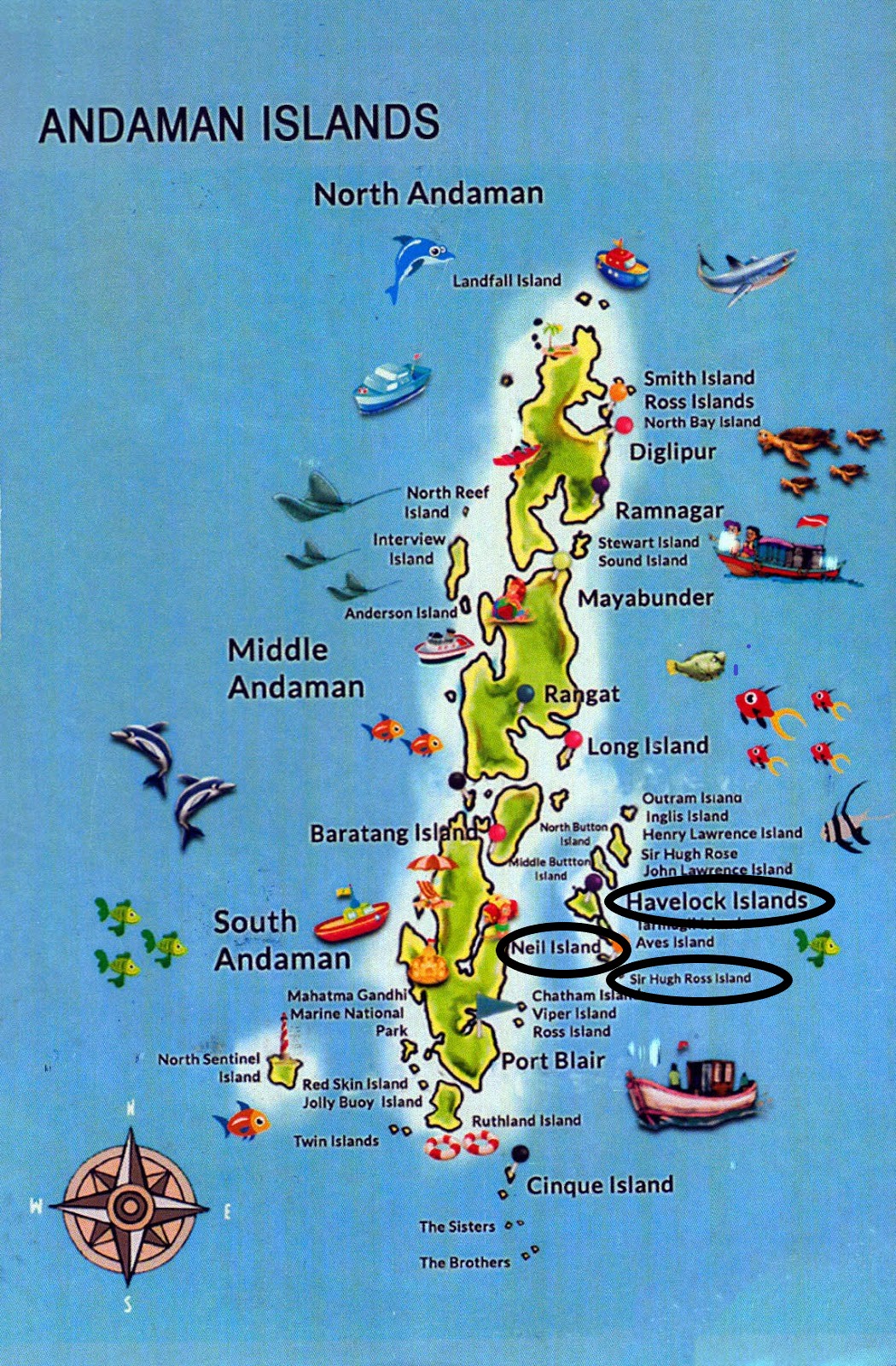7667766266
enquiry@shankarias.in
Why in news?
An American National was allegedly killed recently by Sentinelese tribes of A&N Islands, when he tresspassed into their restricted island.
What is the demographics of A&N islands?
What are the characteristic features of A&N tribes?
What are the problems faced by A&N tribes so far?

What are the measures taken by government in this regard?
What are the issues with government’s measure?
What actions are needed in this regard?
Source: The Indian Express